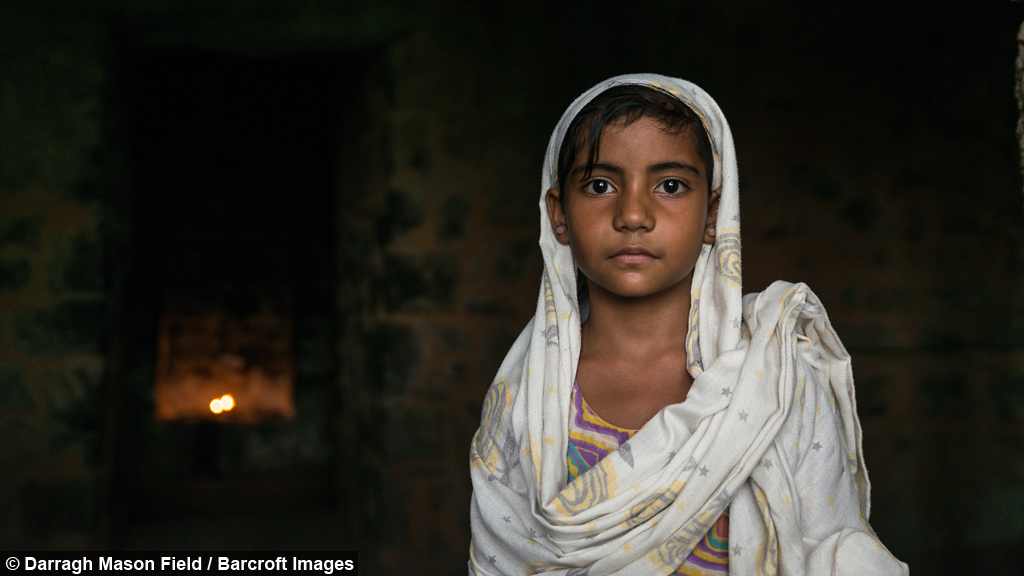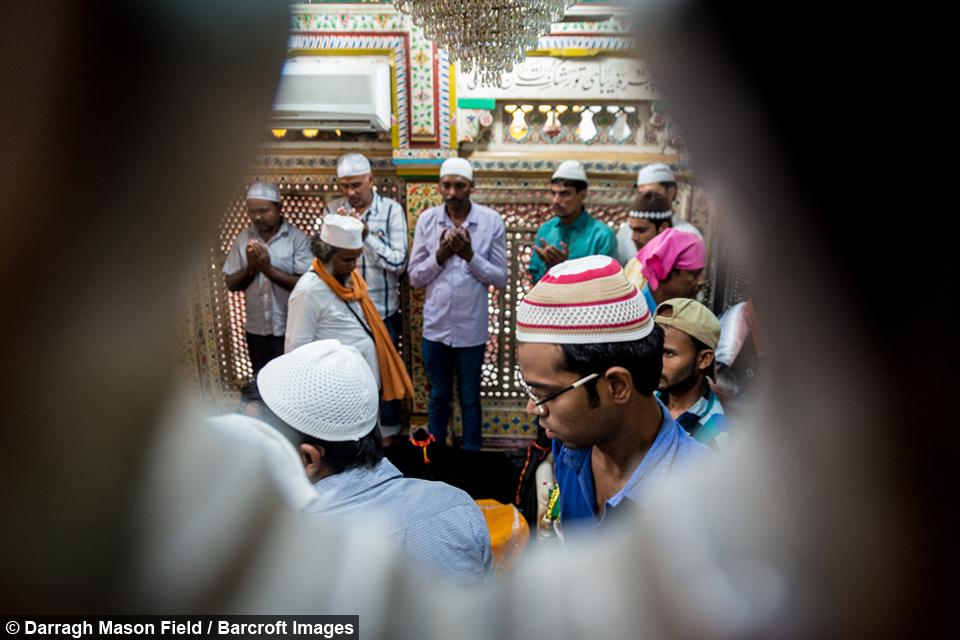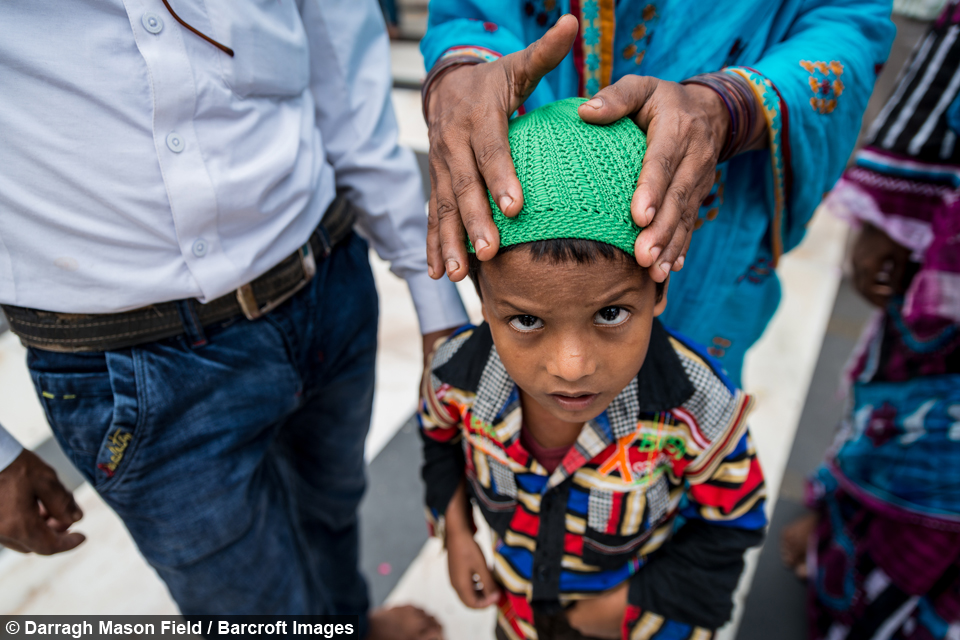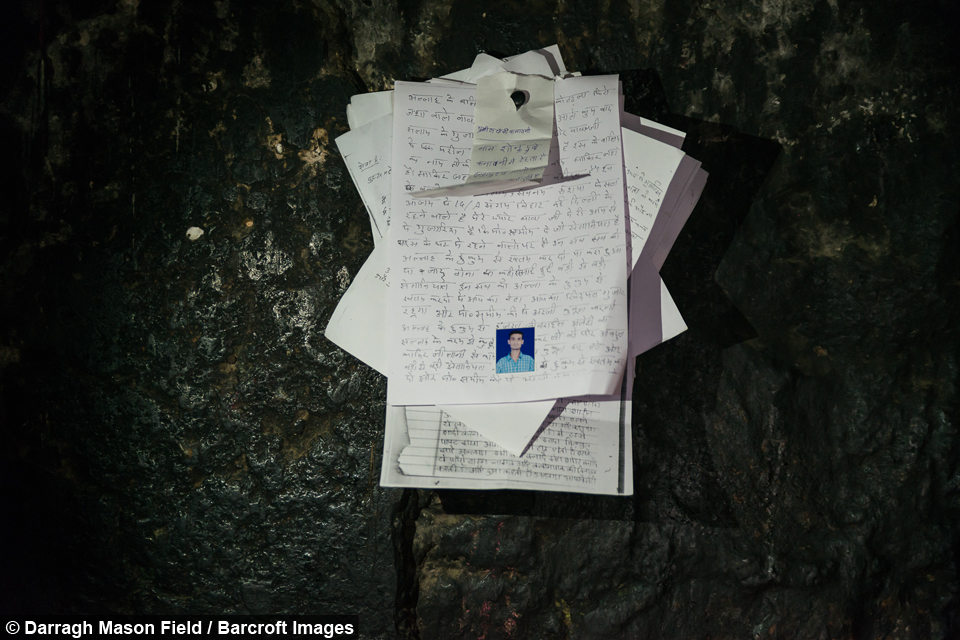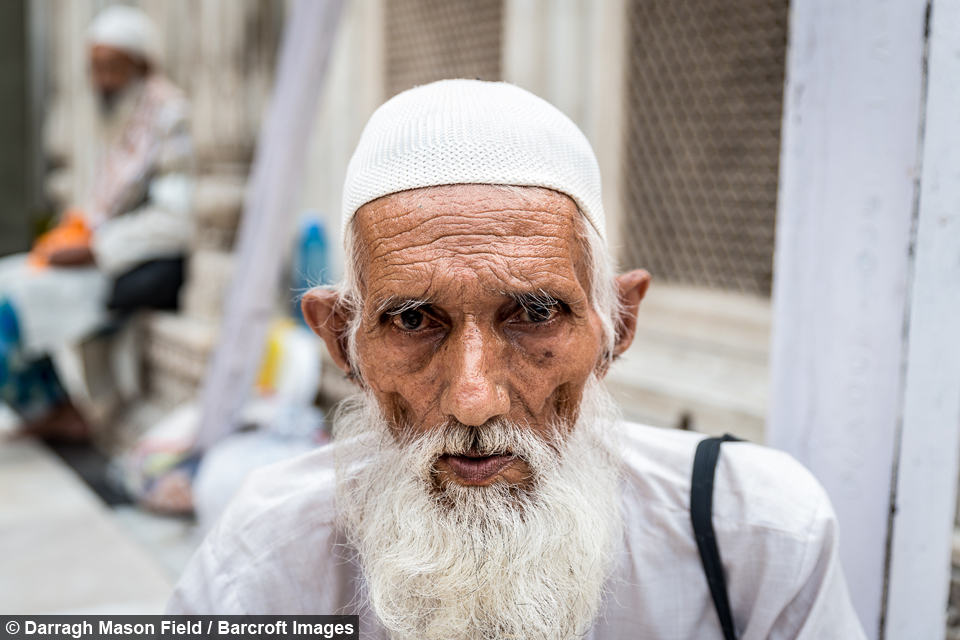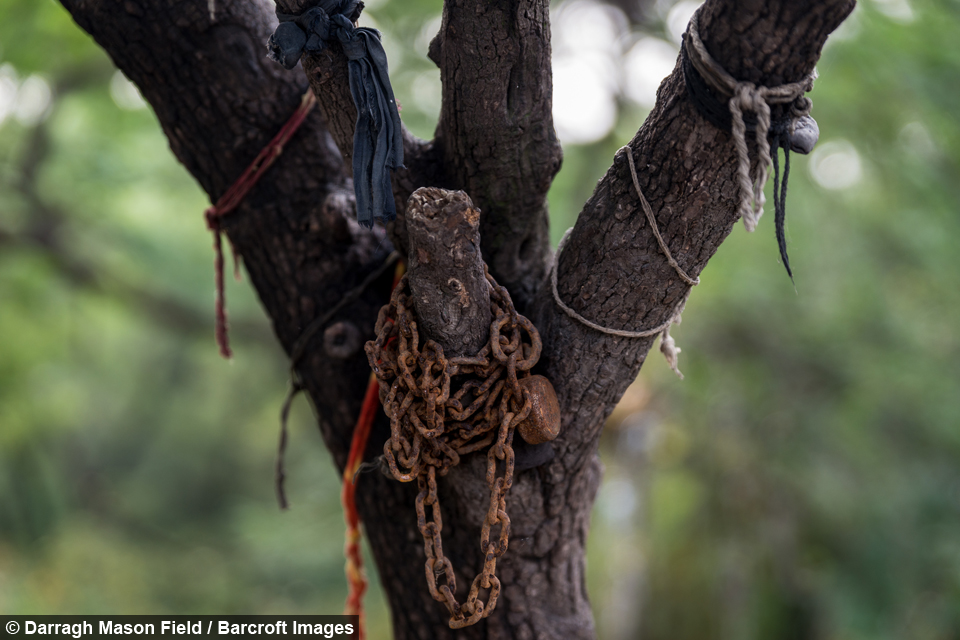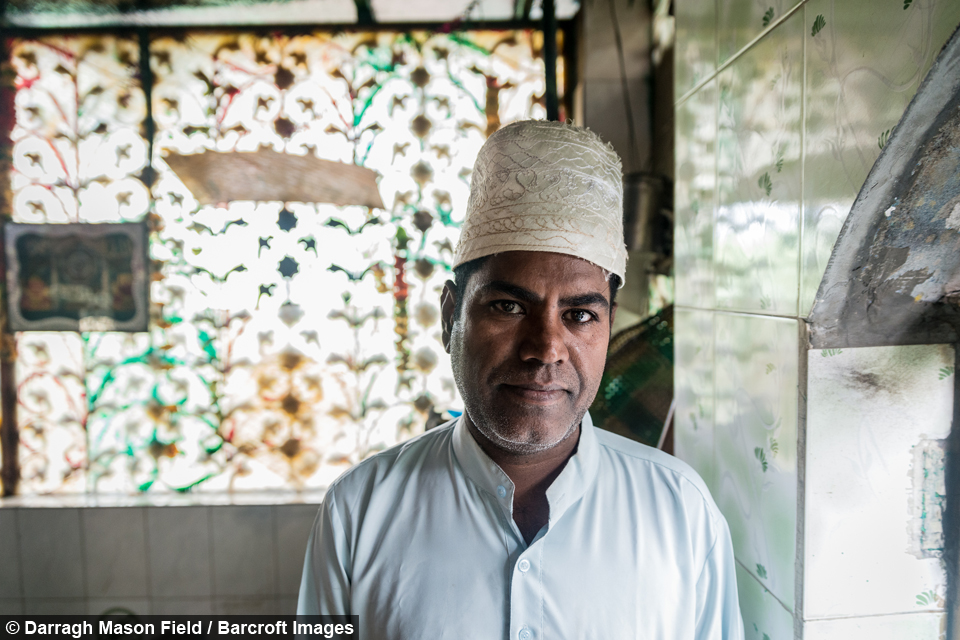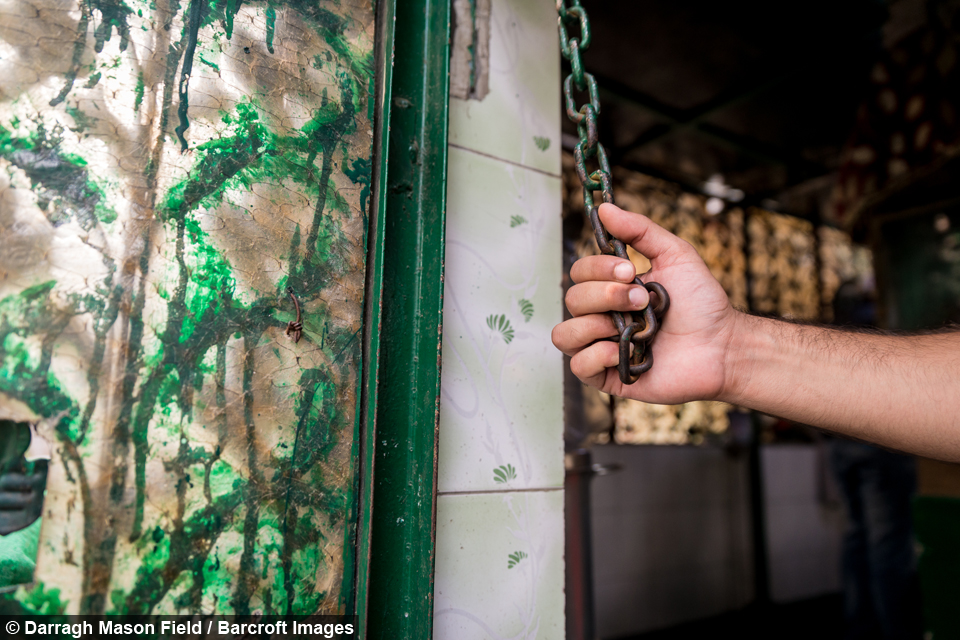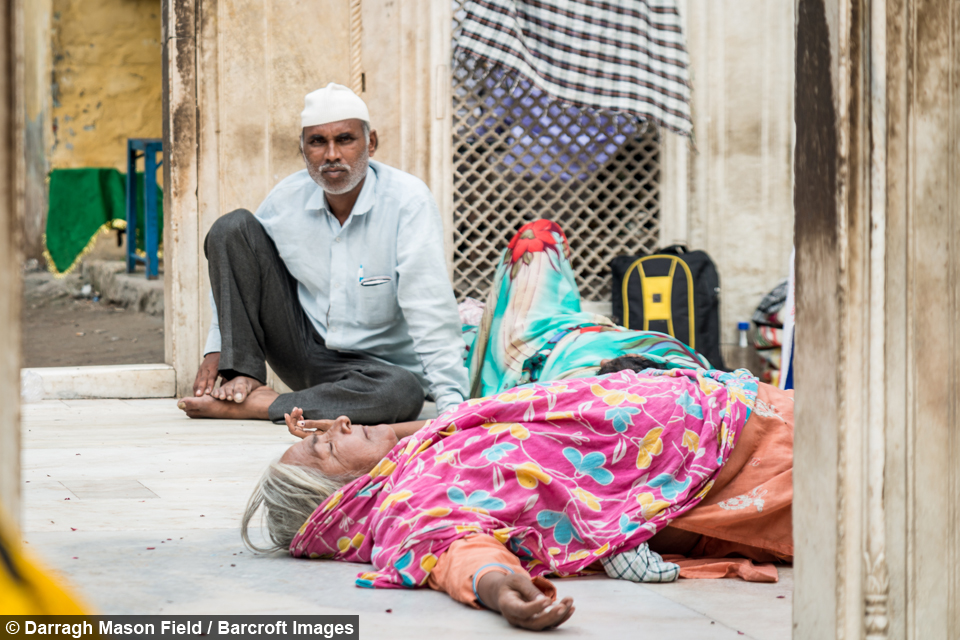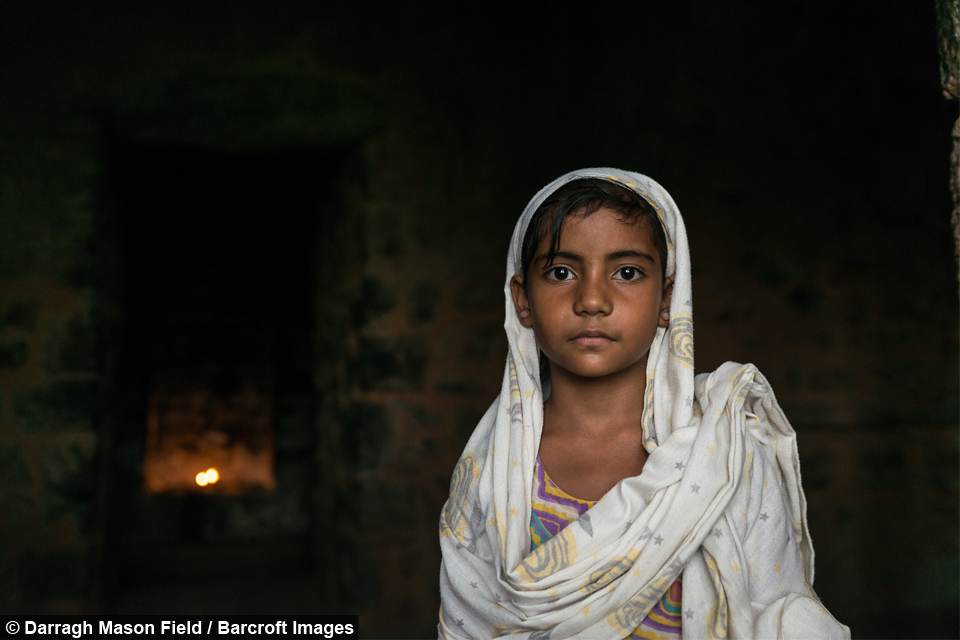Djinn City: A tour of New Delhi's most 'haunted' landmarks
By Bunmi Adigun @bunmi_adigun
Scroll down for the full story
Located in New Delhi, the three holy sites are said to be home to Djinn, mythical spirits that can grant peoples’ wishes.
Visitors to the historic sites leave letters and make offerings of milk, sweets and coins for the spirits, all for the purpose of getting their wishes granted.
Irish photographer and researcher, Darragh Mason Field, made the journey to New Dehli which has been dubbed ‘The City of Djinn’ to take pictures of this unique practice.
He said: “I’ve done a lot of research into Djinn and studied a lot of occult and the fringes of religion. I was mainly inspired by the book City of the Djinn by William Dalrymple.”
One of the oldest of the ruins, Feroz Shah Kotla Fort is supposedly the most haunted place in New Delhi, home to thousands of Djinn.
On average, the site sees the most visitors and is also home to the Ashokan Pillar, an artifact that was built centuries ago.
Despite its popularity, the haunted reputation of the fort means people go there with some trepidation.
Darragh said: “When I got to the entrance, the ticket inspector and security guard wouldn’t tell me where the Ashokan Pillar was. They just smiled and wouldn’t answer.”
Based on medieval Islamic beliefs, Djinns can be evil, good or indifferent towards humans. However the Djinn at these holy sites are said to be mainly good, hence the reason people have made pilgrimages to them for hundreds of years.
“One family I met did the rounds for 12 days and claimed that their wishes were granted.” Darragh added.
Another place of religious significance in the city is Nizamuddin Auliya's Dargah, where public exorcisms is common place.
The shrine is dedicated to Nizamuddin Aliya, a saint who lived in India during the 14th century and is revered within Sufism, a denomination of Islam.
Pilgrims of all faiths come to the mausoleum to leave donations by the shrine and seek blessings, however some visitors come to the medieval monument to exorcise demons.
Secluded in the city is another shrine dedicated to Sufi saint, Khwaja Moinuddin Chisti.
The 800-year-old monument is famous for its unique offerings of cigarettes and hookahs however there is a darker side to the modest looking building.
On entering the shrine, visitors are met by a single chain at the entrance which acts like a detection system for people possessed by demons.
If possessed by a Djinn, it is believed that the person would not be able to hold on to the chain and would then be escorted to another room by the shrine’s caretaker to begin the exorcism, a process that can take up to a year.
When fully exorcised, the Djinn is then imprisoned in a clay pot called as matkas.
Darragh said: “It was pretty freaky. I’ve been to a few places that were haunted but this was the scariest.”
